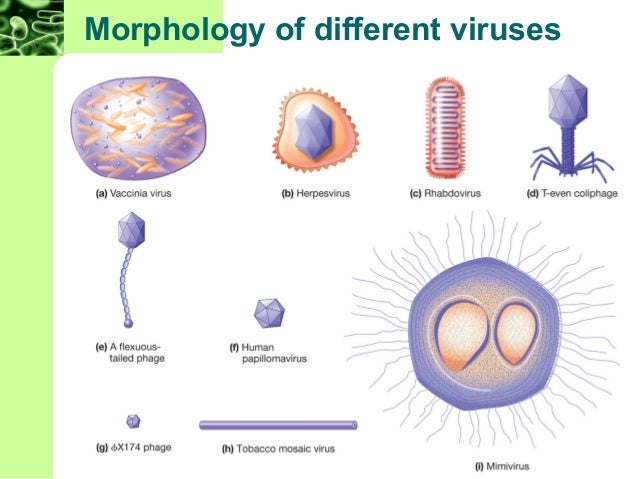Title: “How Viruses Grow and Spread”
Synopsis: When a virus enters into our system, it floats around until the proteins that encapsulates the virus recognizes/ feels cells that are compatible host cells. Once viruses find their host cell, it can enter the cell in several ways. The main ways are: fusing with the cell through the membrane, tricking the host cell into accepting the virus into the host cell and injecting the viral genetic material into the cell. Once the virus enters the cell, the genetic material of the virus enters the nucleus. Inside the nucleus, the viral genetic material will use the host cell’s machinery to create replicas of the virus in the form of RNA through a process call transcription (where the cell’s RNA polymerase will take the viral genetic material as a template to use to make RNA). Afterwards, these RNA or mRNA will travel to the ribosome, the organelle that contains the proteins of the cell, and convert the mRNA to proteins of the virus. This is known as translation. At this point the host cell can continue to make more viral proteins. The host cell can eventually either burst open and spread all the new viral proteins to let other cells (lytic cycle) or the virus can keep reproducing itself within it’s host cell and stay inside it until it decides to enter the lytic cycle (lysogenic cycle).
Objective: To replicate how viruses grow in cells through the use of 3D modeling. There will be audio and narration provided to explain what is happening.
Audience: Those who are in high school learning AP Biology, college students who are taking introductory classes to biology.
Sources:
Illustrations:


